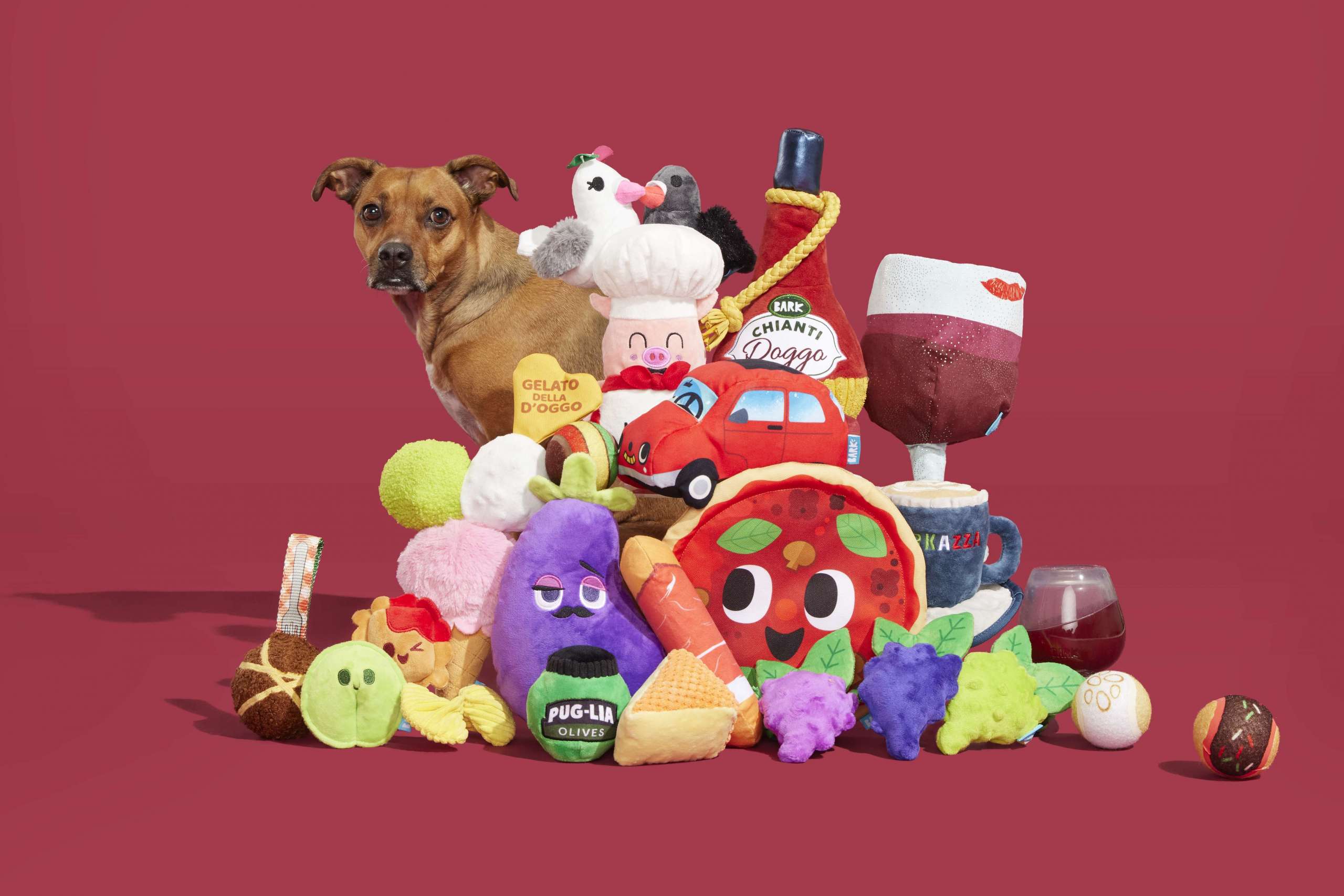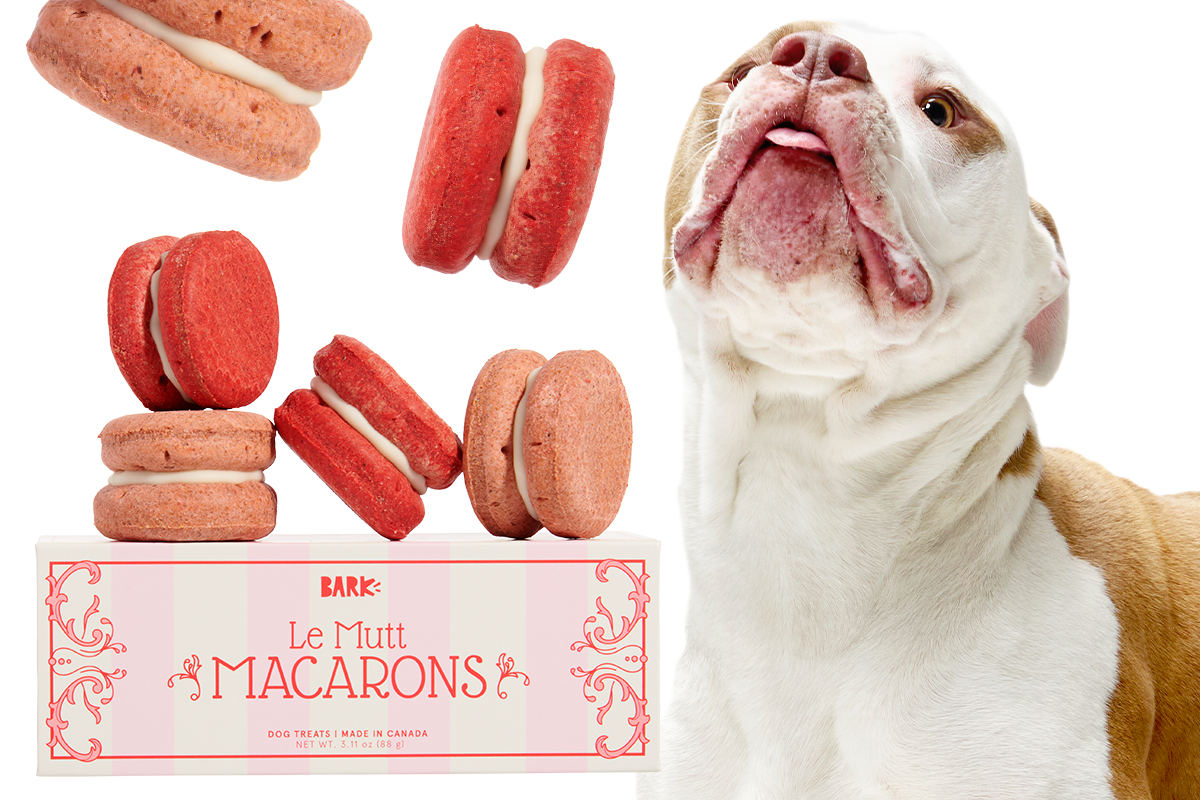Bubbly pups with strong personalities, Shiba Inus are slowly becoming one of the most beloved breeds in America, just like Pomeranians. Bred as work dogs, Shibas are native to Japan, where they chased birds, helped hunt wild boar, and became snuggly pals to dog-lovers everywhere. Yes, they’re adorable, but buckle up for a wild ride. Shibas sneak, shriek, and squeak when trying to get their way. Fortunately, the payoff is more than worth it—these tiny teddies are undeniably cute, and with proper training, you can expect an adaptable dog who’s up for anything.
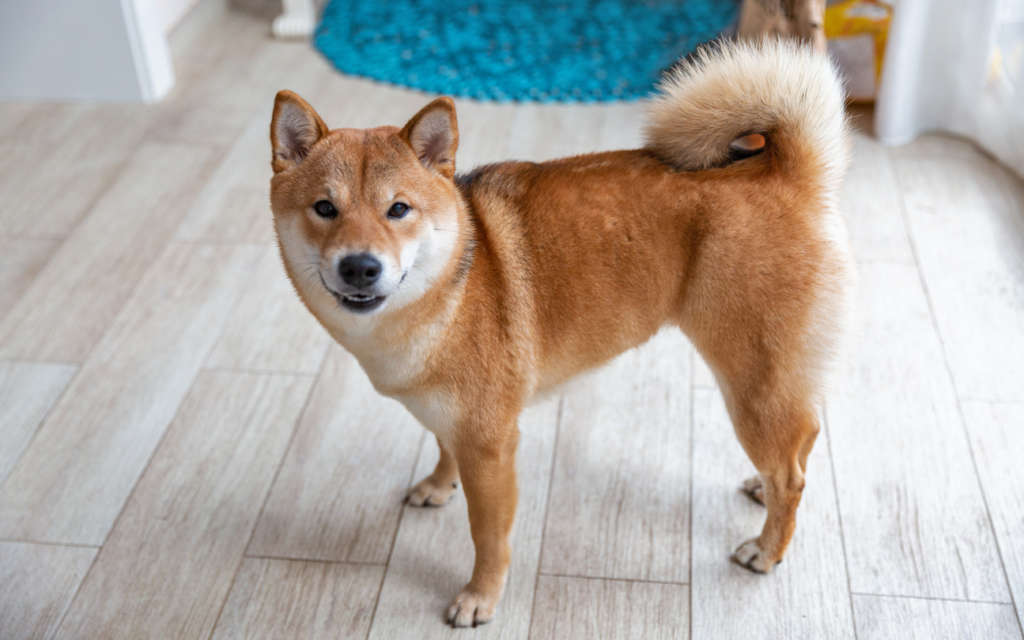

Breed Overview
Shiba Inus Are Also Known As…
Japanese brushwood dog. Shiba Ken. Shibe, shobe, shober, “wait, the breed or the crypto coin?”
What Is The History Of The Shiba Inu Dog?
One of Japan’s six native dog breeds, the Japanese Shiba Inu’s lineage goes back more than 3,000 years. Though smaller than Akita Inu, Shikoku, Kai, Hokkaido, and Kishu breeds, Shibas were appreciated for their well-developed prey instinct and hunting abilities. Their sturdy legs were well suited to traverse the cliffs and mountains of the Chūbu region.
During the Meiji Restoration of the 19th century, Western dog breeds were imported into Japan in massive numbers, resulting in a high volume of cross-breeding with various Japanese dog breeds. The cross-breeding resulted in the near extinction of pure-bred Shiba Inus by the mid-1920s. At the end of WWII, the Shiba Inu population declined, despite the breed’s recognition as a Japanese national monument and the concerted efforts of various preservation groups.
The Shiba Inu breed was saved from disappearance by three distinct bloodlines from separate regions of Japan. Today, every Shiba Inu dog is a great-great-great-great-great-you-get-the-idea-grand dog of one (or all three) of these resilient bloodlines.
The Shiba made its US debut in the mid-1950s when armed forces members stationed in Japan decided to adopt these little bundles of joy, but it wasn’t until the 1990s that the breed earned recognition from the American Kennel Club. Over the past decade, the Shiba Inu’s popularity has continued to grow. Whether because of their viral meme status, cryptocurrency coin, or undeniably lovable dispositions, the Shiba Inu is now a full-fledged cultural icon thanks to the doge meme.
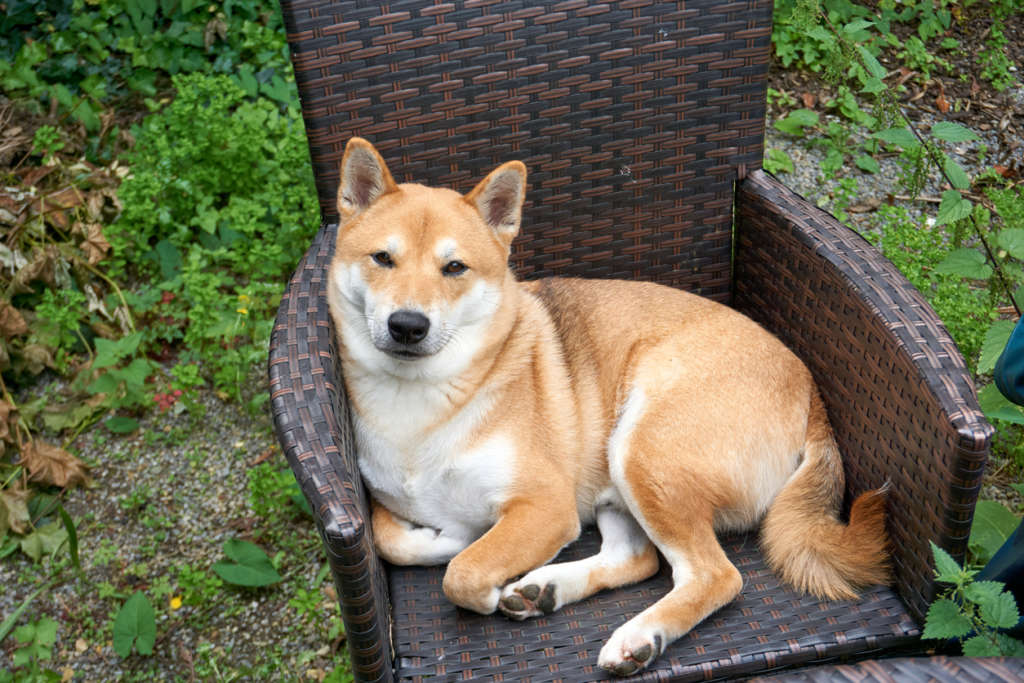

How Big Do Shiba Inus Get?
Shiba Inus are comparable to other mid-sized dogs. And regardless of gender, both male dogs and female dogs are similar in size and weight. The average Shiba Inu is:
Height: 13.5–16.5 inches
Weight: 17–23 pounds
How Long Do Shiba Inus (Generally) Live?
Every adult dog’s life is different, but you can typically expect 12 to 15 happy years with your pup!
What Is A Shiba Inu’s Temperament & Personality Like?
Shibas may have a goofy, easy-going smile, but these pups can be a bit stubborn when tasked with something they don’t want to do.
That said, a Shiba Inu’s high intelligence, warmth, and loyalty make them perfect dogs for those with patience as a virtue. Adopting a Shiba could be a challenge to first-time Shiba Inu owners, but there’s nothing to be afraid of with this breed, so long as you know when to put your foot down (and when to throw up your hands and laugh off their antics).
Are Shibas Good With Kids? Cats? Dogs?
Shiba Inus are known for their attitude. They might be a little sassy, but Shibas should get along with the whole family—so long as they’re trained and socialized well. These pillowy-soft pups are always ready to snuggle with their favorite people, and young children may find a fluffy pal and a fierce protector in a Shiba.
When it comes to other animals, Shiba Inus aren’t always game to share attention and affection. This breed likes to show they’re the top dog in town, so they may cause problems with other dogs who aren’t willing to back down. Additionally, Shiba Inus can be aggressive with cats and smaller animals due to their high prey drive.
If you’re keen to share your home with other pets, introduce your Shiba to them at a young age and work to nurture a safe and balanced relationship between all of your furry friends.
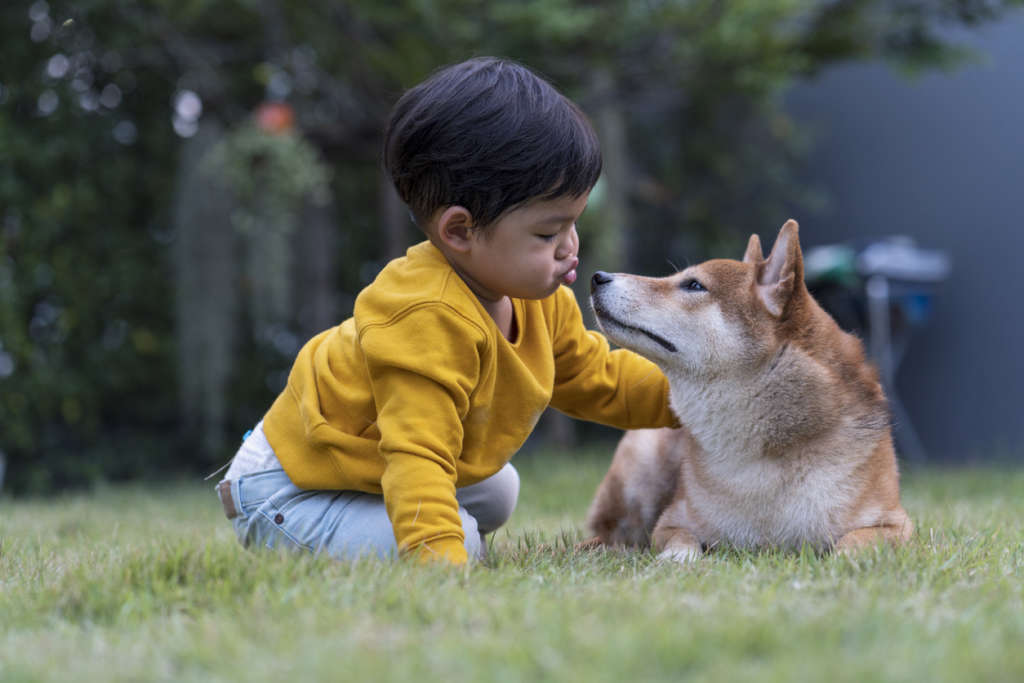

Are Shiba Inus High Energy?
This breed has plenty of energy, but can also adapt to a lifestyle of lounging. Daily walks go a long way for Shibas, and intermittent play will keep them happy, healthy, and full of mental stimulation. Likewise, your Shiba might expect a bit of playtime the moment you walk in the door. Fortunately, after a quick romp, these pups are happy to curl up by your side and relax for the evening.
Do Shiba Inus Bark?
Some dogs bark, howl, growl, or whine, but the Shiba yodels. This breed will express its discomfort with a loud, shrill scream, whether headed to the vet, getting its nails clipped, or feeling a little lonely. It might sound like a major alarm, but it’s just a little cry for attention most of the time. In fact, it’s pretty cute once you get used to it.
Are Shiba Inus Hard To Train?
The Shiba Inu breed is known for its boldness as well as its smart and inquisitive nature. Translation: you won’t control them easily. Instead, you might find your Shiba Inu puppy training you, racking up extra treats, extra praise, and extra attention.
Though notoriously stubborn, this breed just needs the proper outlook to pick up those elusive new tricks. Keep your Shiba’s attention with their favorite toys and treats, and make sure they’re having a good time throughout their training to foster better results. These dogs can’t be forced to do something they don’t want to, so you may have to teach yourself a few new tricks to keep them entertained throughout your session.
After you’ve earned their attention, you’ll have no problem housebreaking your Shiba, teaching them commands, and encouraging proper puppy manners. They were bred to chase rabbits and birds, so it’s no surprise they’re smart enough to sit, shake, and roll over.
Of course, if you’re going to train properly, start while they’re still young. A Shiba Inu puppy trained early can be more manageable as they grow older.
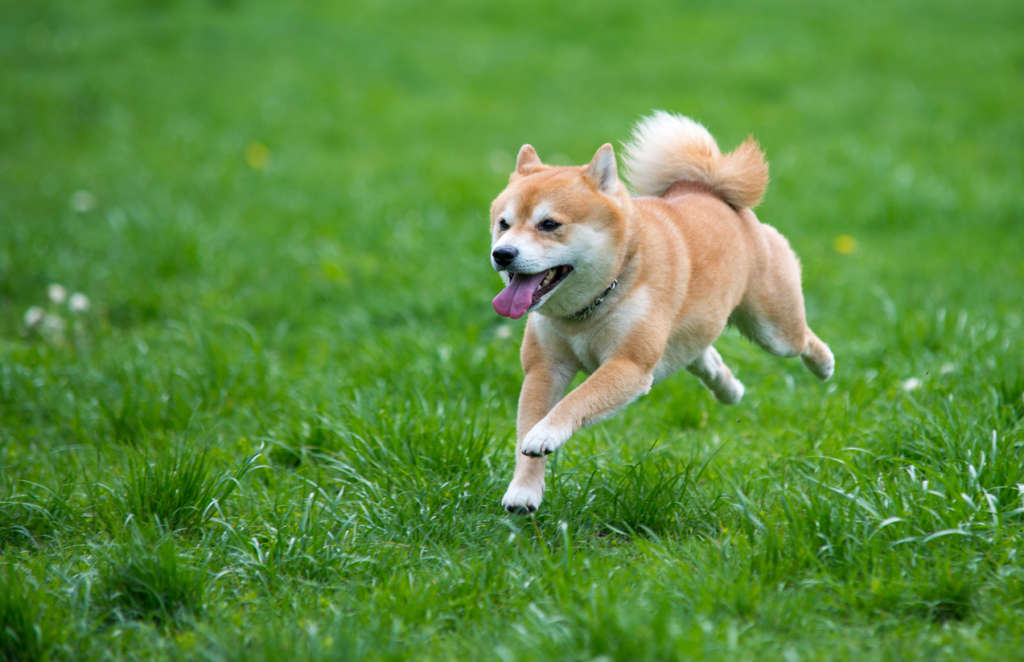

Do Shiba Inus Have Health Issues?
A common health concern for a Shiba puppy is hip displacement. They should be checked at a young age for eye problems, joint issues, and dental disease. Shibas are at risk of hip dysplasia (a common condition among pug dogs and Rottweilers) and patellar luxation—both conditions that cause joint dislocation. Fortunately, through early identification and treatment, the effects of these disorders can be avoided or eliminated.
If your Shiba seems to have an itch they can’t scratch, they’re likely suffering from allergies. Fleas, food, pollen, and other environmental factors can lead to skin irritation, swelling, and other uncomfortable side effects. Shibas are more prone to allergies than other breeds, but with treatment, you can minimize allergic reactions and keep your Shiba feeling shiny and new through every season.
Do Shiba Inus Need To Be Groomed?
With a double coat and plenty of dander, Shiba Inus are far from hypoallergenic. These pups shed regularly and blow their coats twice a year, leading to a great deal of floating fluff. You can minimize mess with regular brushing, the occasional bath, or a seasonal trip to a professional groomer. There, you can also expect a nail clipping and blow-dry—or more like a blowout for these fluff balls.
Shibas don’t need haircuts—they take care of that themselves. Their hair only grows to a certain length, and they shed or keep their coat to keep themselves comfortable in a variety of climates. As cute as your Shiba might look with a fresh hairdo, there’s no need to trim those luscious locks.
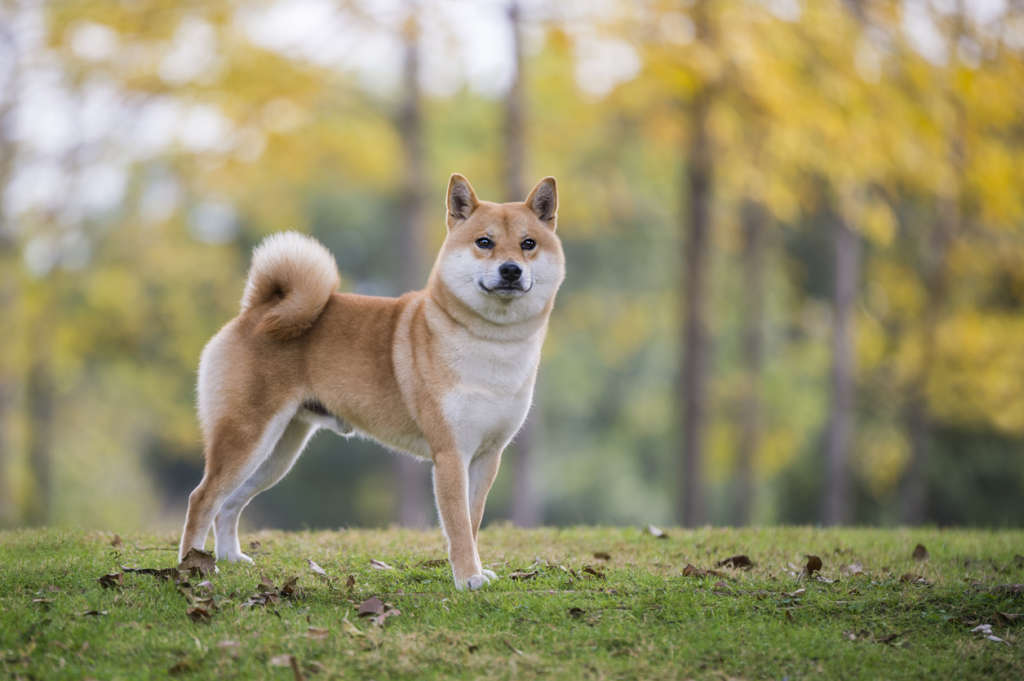

How Much Does It Cost To Care For A Shiba Inu?
The price for adopting a Shiba Inu could range from a few hundred to a few thousand dollars, depending on where your prized pooch comes from. Once you’ve taken your sweet pup home, you can expect to spend $100–$500 per month on basic care necessities.
Dog Food
The cost of food will depend on the brand and quality you choose, but a Shiba will likely eat 1 to 2 cups of food per day, depending on its size. Expect to spend $30–$70 per month on food for your dog.
Why not make mealtime simple with BARK Eats? With pre-portioned, customized dog food designed for the dietary needs of Shiba Inus, you’ll ensure your pup is benefiting from every bite. Enjoy the best of BARK delivered straight to your door and snag 50% off your first month!
Routine Vet Care (Healthy Dog)
A vet appointment ranges from about $50–$100 per visit. If your Shiba needs specialized treatment, testing, or medications, you could expect to spend several hundred on top of that.
Preventative Medications For Shiba Inus
It typically costs a couple hundred for a year’s worth of various tick, heartworm, and parasite treatments for your Shiba. Your vet may recommend additional vaccines based on your geographic region and your pup’s lifestyle, so prepare for another $100–$200 on the bill.
Shiba Inu Grooming
Nail clippers, brushes, puppy shampoo, and other grooming accessories are typically budget-friendly and cost less than $75 altogether. If you’d prefer to pass off grooming duty to a third party, you can look to a professional grooming service. You’re likely to pay $30 to $100 for an hour or so of service, but your Shiba should return looking fresh, clean, and irresistibly cuddleable.


Toys, Treats, Beds, & Accessories
Prepare to purchase a full king-sized bed for your Shiba—just kidding, they’ll happily share yours. Shibas might expect lavish gifts and a charming lifestyle, but they’re also more than happy with a standard chew toy and a savory snack. You may spend a few hundred dollars on beds, leashes, toys, and more, but your Shiba will thank you for it with a quick lick and a big smile.
How about 2 toys, 2 big bags of treats, and a chew for your Shiba Inu, all in a convenient monthly delivery for just $23 each? That’s BarkBox—and now you can double your first box for free. For the Shiba that loves to gnaw, there’s the Super Chewer Box. Starting at $29/month, you’ll get 2 fluff-free, durable toys, 2 full-size bags of treats, and 2 meaty chews. Plus, you can double this order too!
For working puppy parents, there are several convenient services to factor into your monthly budget, including:
- Dog walker ($15 to $30 per visit)
- Daycare/boarding ($20–$50 per day)
- Training classes ($30–$100 per session)
- Supplements ($25)
- Pet insurance ($100–$1000+)
Sources
AKC. 8 Things You Didn’t Know About the Shiba Inu. https://www.akc.org/expert-advice/lifestyle/8-Shiba-inu-facts/
Britannica. Shiba inu. https://www.britannica.com/animal/Shiba-inu
AKC. Shiba Inu.https://www.akc.org/dog-breeds/Shiba-inu/


